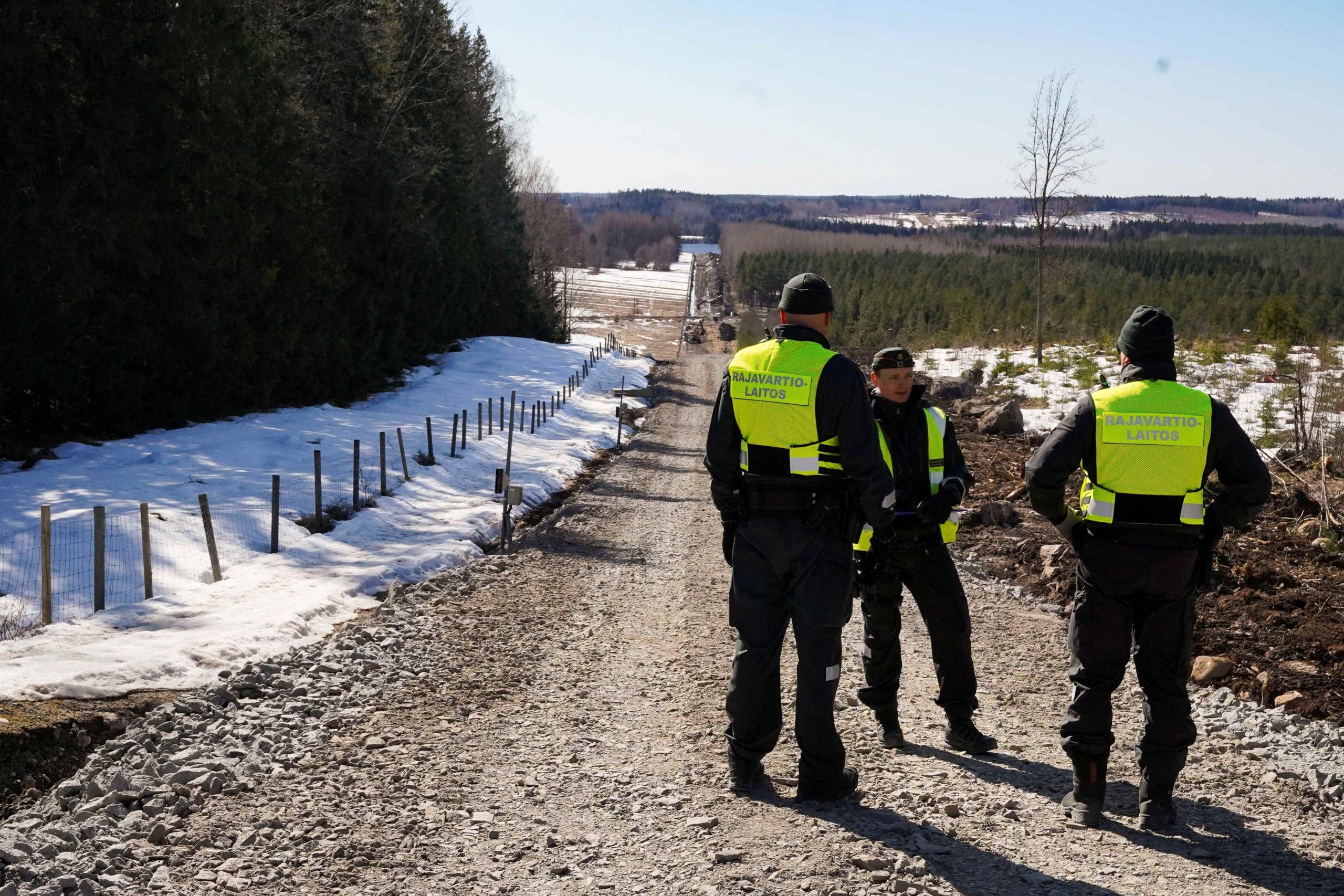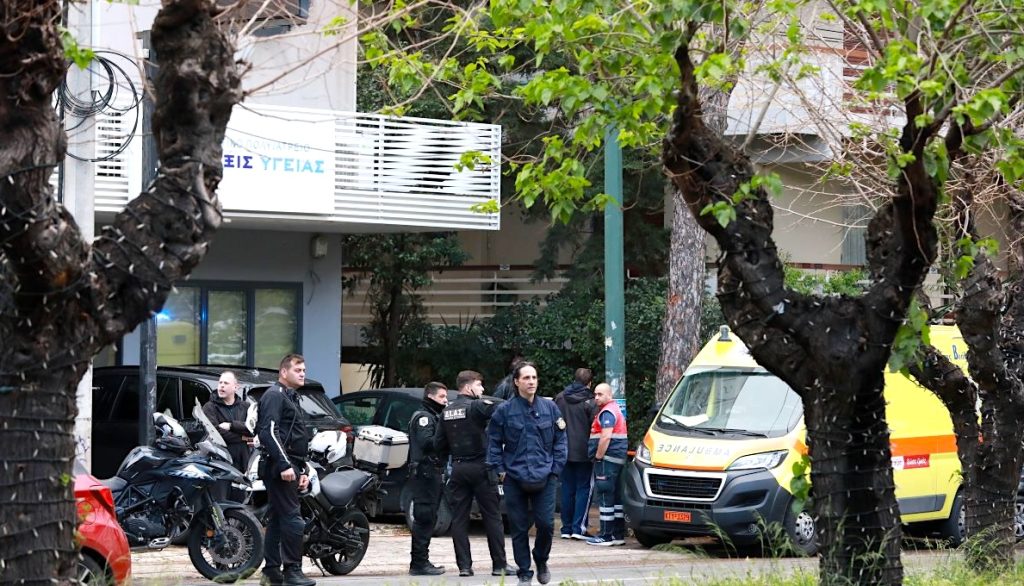ONTTOLA, Finland—Armed Finnish border guards on cross-country skis patrol the country’s eastern flank, NATO’s newest and longest border with its main adversary, Russia. Helicopters and drones buzz overhead along new fences being constructed—13-feet high in places—with barbed wire on top and 24-hour electronic surveillance.
The new measures are meant to protect Finland from increasingly aggressive Russian operations. Those have included waves of migrants, which Helsinki says have been sent by Moscow to overwhelm the country’s remote borders in recent months.
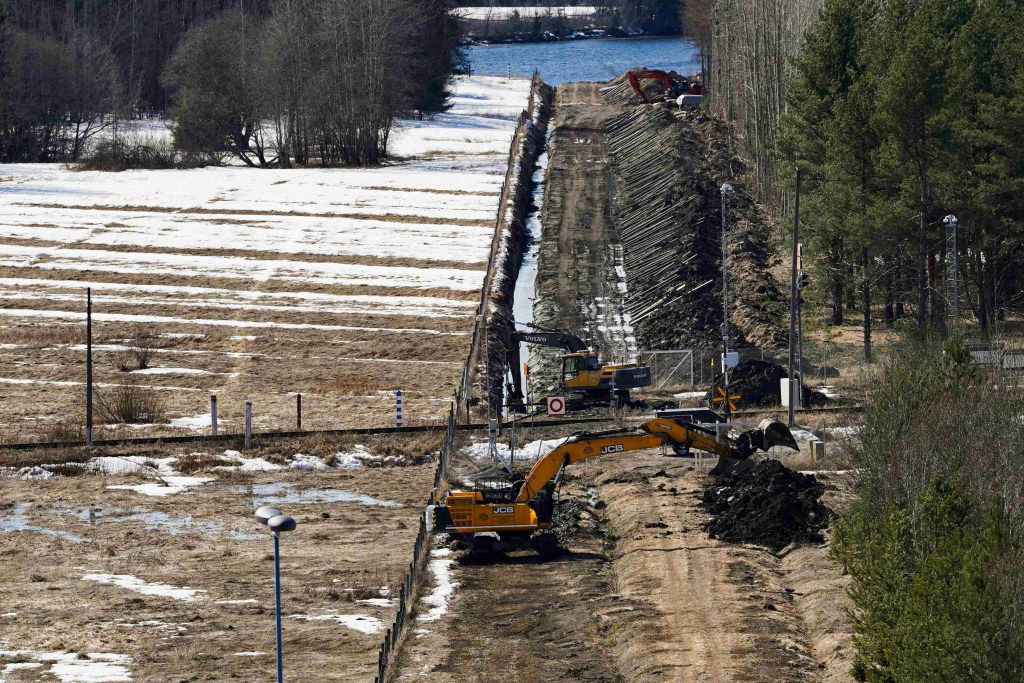
Finland’s 830-mile border with Russia is NATO’s longest with its main adversary.
Finland believes the influx of migrants, which has continued even after it closed its border to Russia late last year, is part of the hybrid warfare Moscow is deploying to intimidate and test Finland’s security services after the Nordic country’s decision to join the North Atlantic Treaty Organization last April.
Since then, Russia has promised to re-establish Soviet military districts along the border. Some Finns also believe Moscow was behind the mysterious severing of a gas pipeline and a telecommunications cable in the Baltic Sea in October. And Finland is fending off cyberattacks and disinformation it says are being cooked up by Russia.
“We have thought about peacetime and wartime as separate for decades,” said Jarno Limnell, a Finnish parliamentarian who has long warned about Russia’s threat to Finland. “The edges of those concepts are slowly becoming blurred with shades of gray between peace and war. This is the new normal in living with Russia.”
Finland’s relations with Russia were long shaped in large part by the Winter War of 1939-40 that saw Finland grind down poorly equipped Soviet troops—stories that have been passed down to several generations of Finns. A museum dedicated to the war even offers visitors a virtual-reality display that puts them in a Soviet artillery barrage.
The war ended with Finland ceding large tracts of land to Soviet dictator Joseph Stalin in the east in return for preserving Finnish independence.
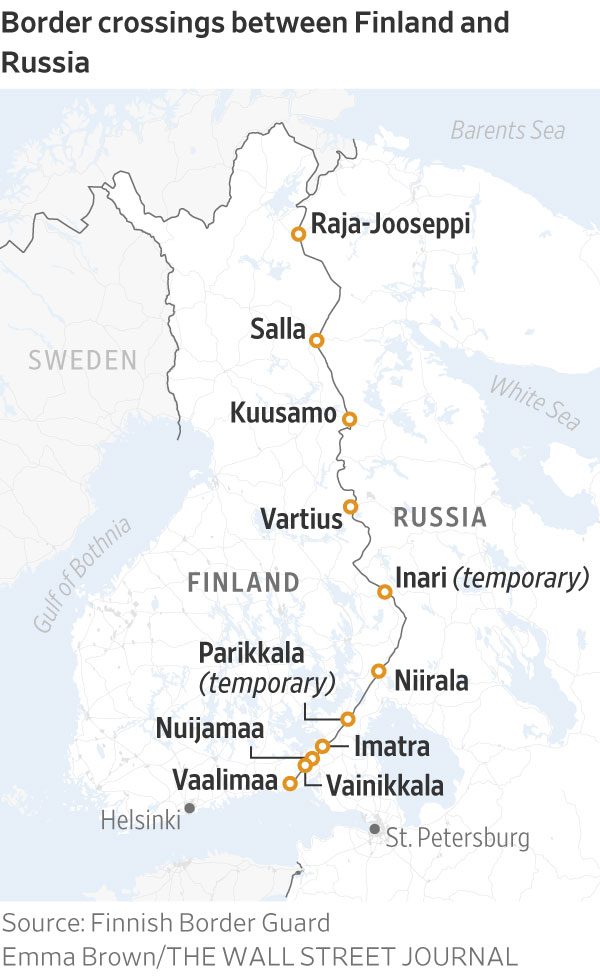 Since then, Finland, which has an 830-mile border with Russia, has for decades struck a delicate balance in its relations with its much larger neighbor. It has studiously avoided policies or actions that Russia could deem threatening, but has also prevented Moscow from getting too close. The policy, dubbed “Finlandization” during the Cold War, became a watchword for a small state’s accommodation of a larger state in order to maintain independence.
Since then, Finland, which has an 830-mile border with Russia, has for decades struck a delicate balance in its relations with its much larger neighbor. It has studiously avoided policies or actions that Russia could deem threatening, but has also prevented Moscow from getting too close. The policy, dubbed “Finlandization” during the Cold War, became a watchword for a small state’s accommodation of a larger state in order to maintain independence.
But with its accession to NATO, Finland has radically revised its Russia policy , reframing Moscow as its main adversary.
Unlike many European militaries, Finland, with a population of around 5.5 million, has always maintained universal conscription for men and trains around 20,000 new conscripts each year. For years, its forces trained with NATO, making the military’s accession a relatively seamless one . The country prides itself on its ability to fight in the cold and enjoys formidable artillery capabilities.
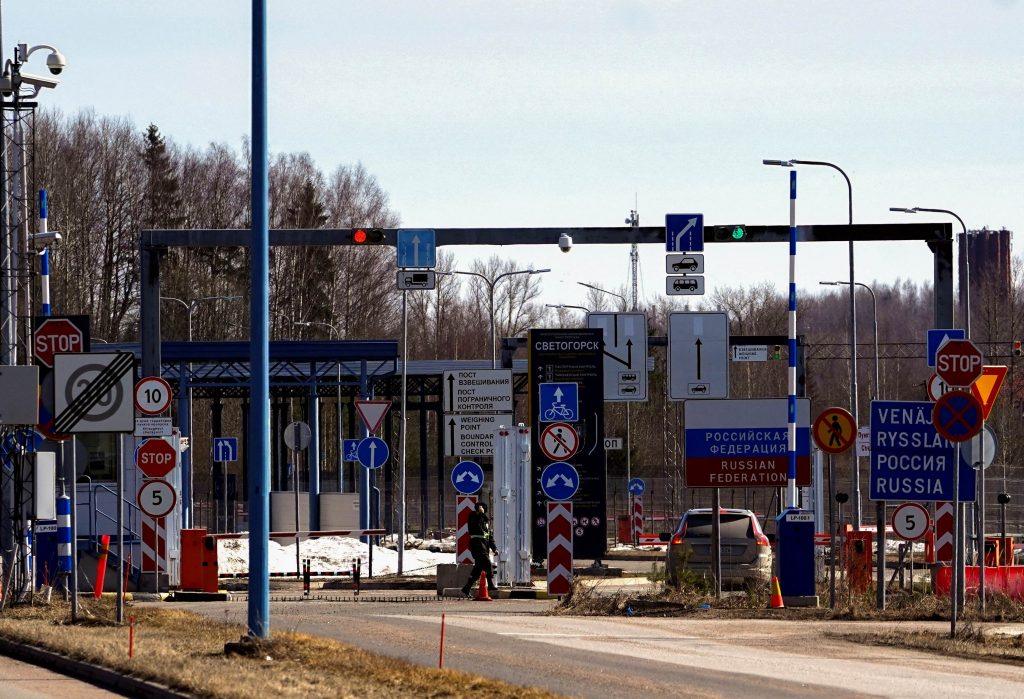
Russia’s invasion of Ukraine has altered Finland’s longstanding neutral approach to its neighbor.
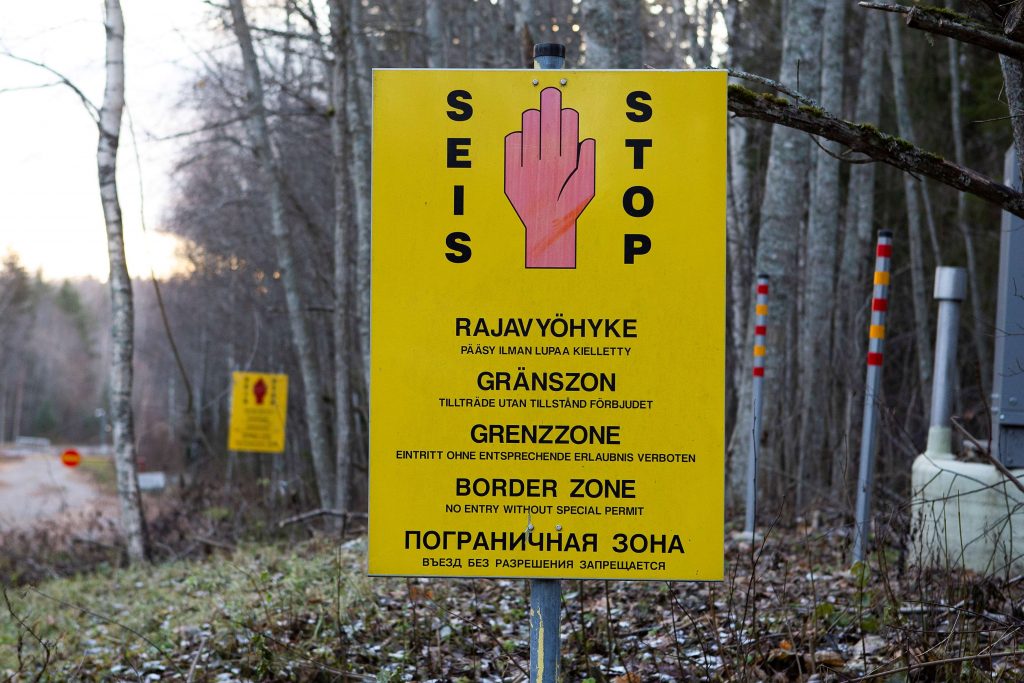
Since Russia’s invasion of Ukraine in early 2022, Finland has ramped up its military spending, boosting its defense budget to above 2% and snapping up U.S. rocket systems, as well as Israeli antitank and air-defense systems. The country is preparing to base F-35 jet fighters it will receive from the U.S. just over 100 miles from its border with Russia.
The shift in its Russia policy was further illustrated last month when President Sauli Niinisto , whose frequent meetings with his Russian counterpart and careful approach toward Moscow had earned him the moniker “the Putin whisperer,” stepped down after two six-year terms. New president Alexander Stubb , who assumed the post last month, has signaled openness to removing a longstanding Finnish prohibition on transporting nuclear weapons over its territory, as the country fully embraces new NATO membership and its nuclear deterrent.
The day before Stubb’s inauguration, Russian President Vladimir Putin said Moscow would re-establish two military districts along its border with Finland “to neutralize threats connected to the latest expansion of NATO.” Those districts had been dissolved during a post-Cold War entente between Russia and the West.
The Russian forces assigned there are currently deployed to Moscow’s war in Ukraine. Finnish authorities say Moscow is meanwhile focused on hybrid forms of aggression.
“Now we have a hostile relationship with Russia, and that is a big risk, maybe not in the short term but in the long run,” said Heikki Talvitie, a longtime diplomat who served as ambassador to Moscow at the time of the fall of the Soviet Union and was awarded an Order of Friendship medal by Putin in 2014. “Things have changed now, it’s existential.”
Last October, an underwater gas pipeline and telecommunications cable on the Baltic Sea bed between Finland and Estonia was cut. Finnish officials have accused a Chinese cargo ship of causing the damage. But Finland’s relations with Moscow are so unsettled that many nonetheless blame Russia for the incident. An investigation is ongoing.
Then, a trickle of migrants who had been entering from Russia snowballed, peaking with nearly 1,000 crossings over a 30-day period between November and December. Finland accuses Russian authorities of directing the migrants from Syria, Iraq and Somalia, who traveled by foot or bicycle to Finland’s border, where they lined up in the snow, sometimes for days.
At the time, Finnish border guards contacted their Russian counterparts via a little-used direct line—usually employed to find lost hunting dogs—to demand an explanation. The Russians said the migrants, all of whom had Russian documents and visas, were acting within Russian law, said Lt. Col. Samuli Murtonen, deputy commander of Northern Karelia Border Guards.
“For them it wasn’t a problem of course,” he said.
Limnell, the parliamentarian, said online images—altered by artificial intelligence and, he says, propagated by Russians—have circulated showing migrants being warmly welcomed in Finland and highlighting the generous welfare support that awaits new arrivals there.
In November, Finland closed the border with Russia indefinitely, but dozens have still trickled in, traversing snow and frozen swamps. Thousands still wait inside Russia to cross.
Over the winter, Russia also unleashed a number of cyberattacks including denial-of-service attacks on Finland’s central bank, tax authority and universities, said Limnell.
“We have seen no signs that Russia is changing its behavior,” said Interior Minister Mari Rantanen earlier this year. “On the contrary, the information we have received confirms our assessment that Russia is continuing its hybrid operation.”
Finland is now pushing ahead with a border wall equipped with 24-hour surveillance cameras. Border guards carry out regular checks along newly laid roads that run parallel along the border.
“I don’t know what will happen when summer comes,” said Murtonen.
The closure of the border and increased security have hurt Finland’s eastern border region, already the country’s poorest, where local businesses that long catered to Russian tourists are losing the equivalent of €1 million a day, or around $1.1 million. The closure has also cut off cheap timber imports from Russia. The military’s need to monitor eastern Finland with sensitive radar has complicated plans to build wind farms there, said Pentti Makinen, head of the South Savo region of eastern Finland.
“The small enterprises have lost almost everything and they are facing very serious problems at the moment,” he said.
Standing at Finland’s most eastern point, which juts into Russia, Teuvo Maksimainen, 76, says he has seen the region slowly lose its population and businesses as a result of the border closing. But he said it is a price Finns must pay.
“There’s no choice anymore, this is the Russia we live with,” he said.
Write to Thomas Grove at thomas.grove@wsj.com
